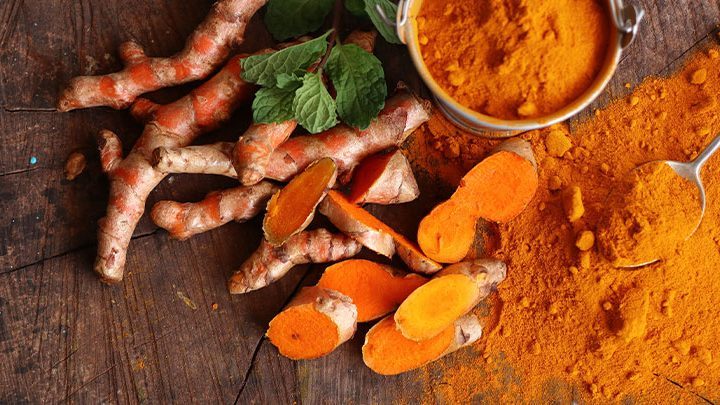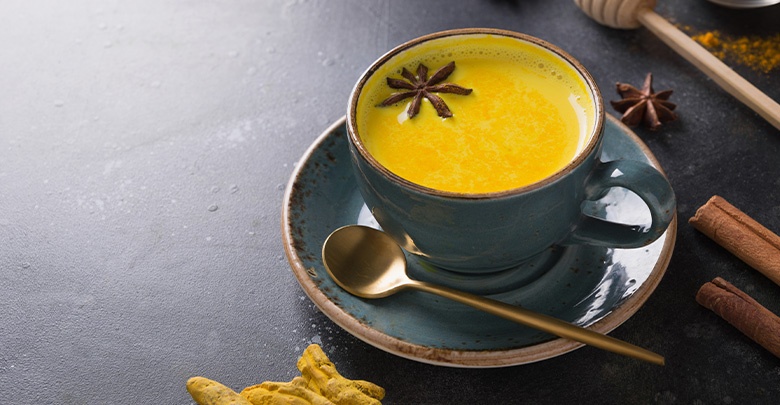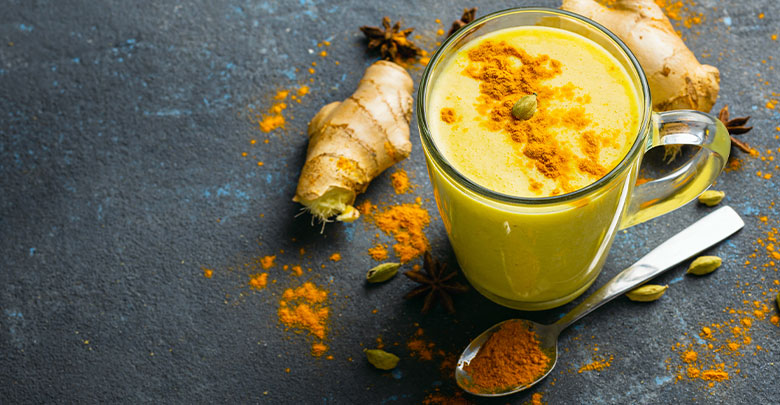What is the catch with Turmeric?
Surely the health benefits of turmeric cannot be that good? Or can they? There must surely be some negative side effects?

Surely the health benefits of turmeric cannot be that good? Or can they? There must surely be some negative side effects?
USE the OMH exclusive code "HEALTH15" to Save 15%But perhaps there is a good reason that this ancient spice is known as the “shiva” of all spices. Turmeric is commonly used in Indian and Asian dishes, giving their tasty curries and dishes a beautiful golden yellow colour, and has also been used in special ceremonies for centuries.
Turmeric is actually related to the ginger family, and is the yellow powder, ground from the root of the turmeric plant. The active compounds, which are responsible for the health benefits of turmeric, are found within curcumin. Curcumin gives turmeric its yellow pigment. Turmeric in fact only contains 2-9% of curcumin! So what does curcumin do, and should you be taking curcumin or turmeric, and in what doses? It all seems so confusing, but OhMy.Health can explain it to you.
Can turmeric actually help OA, and how does it work?
So the question is actually what the health benefits not of turmeric, but rather of curcumin can help people suffering from osteoarthritis, and studies done seem to show exceptionally promising results. In fact almost 3000 pre-clinical investigations have been done on curcumin, and as such it is one of the best investigated botanicals.
This next part is complicated – so don’t worry if you do not understand this paragraph – feel free to skip down to the health benefits of turmeric – really curcumin below. This is where the super smart researchers really shine, but here goes in case you are interested and would like to understand more …
Osteoarthritis develops due to complex imbalances between inflammatory and anti-inflammatory signalling in chondrocytes (cartilage cells) and synovial cells (the lining of the joint) with an abnormal activation of cytokine cascades (immune and inflammatory processes) and an overproduction of inflammatory cytokines (inflammation signalling molecules).
These extremely complicated reactions basically eventually lead to a decrease in the body’s production of collagen – which is what joint cartilage is made up of – and also to a corresponding break down of collagen, thereby creating the perfect disastrous environment for progressively worsening osteoarthritis.
Incredibly, curcumin as an compound can very effectively regulate and manage this complicated cellular activity of all of the above mentioned processes, thereby staving off the progressive worsening of osteoarthritis!
The health benefits of turmeric

The health benefits of turmeric and therapeutic properties of curcumin are well documented, very varied, and range from…
- excellent anti–inflammatory properties – similar results when compared to corticosteroid medications, and even more effective than non-steroidal anti-inflammatory drugs (and without all the harmful side effects)
- anti-oxidant benefits – curcumin supports healthy immune function
- reducing morning stiffness relating to osteoarthritis and rheumatoid arthritis
- improving walking time in arthritis sufferers
- reducing joint swelling
- better control of blood sugar levels
- helping the liver to detoxify
- easing digestion
- improving sleep
- possibly improving mood
- possibly providing protection against certain cancers
- and it is even being researched as a possible treatment for Alzheimers disease
So what is the catch with turmeric and its active ingredient curcumin?
Nothing can be that perfect can it? So here’s the catch with turmeric. Turmeric contains only 2-9% curcumin, which is the magical pigment responsible for the bright yellow colour and all the amazing health benefits. And the catch with curcumin is that it very difficult for your body to absorb. Unfortunately it is also very unstable at intestinal pH and so it is easily destroyed when you take it orally (by mouth). As such curcumin is not easily bio-available.
The other problem with turmeric per say, is that you would need to take 8 000 mg to 60 000 mg of turmeric per day to get the recommended amount of curcumin required to give you the health benefits such as its anti-inflammatory and immune boosting properties. That equates to 8 – 60 grams per day of turmeric. In tablespoons we are talking about ½ to 4 tablespoons per day of tumeric! Needless to say, a sprinkle of turmeric in your smoothie or soup is not quite going to give you the desired reduction in your knee stiffness and swelling which you may have been hoping for.
So what is the best way to get the health benefits of curcumin?

The recommended dosage of curcumin is 400 – 600 mg three times per day. The easiest and best way to get the required doses is through good quality supplementation. If you take a supplement look for one, which says “standardized to 95% curcuminoids”.
Also we would recommend that you find a curcumin supplement, which contains “piperine” or black pepper extract. Piperine has been shown to improve the bioavailability by 2000%, which means it will be better absorbed by your body. It may also help if the curcumin is in a lipid (oily) base such as lecithin, fish oil or essential fatty acids as this may also improve the body’s ability to absorb the curcumin. It is recommended that you take it on an empty stomach. You also need to take curcumin every day for at least a few weeks before you will actually see or feel an improvement.
Side effects of turmeric?
The great thing about tumeric / curcumin is that because it is completely natural, it is one of those supplements you can safely continue for the rest of your life as it is considered very safe, unlike the anti-inflammatory and strong cortisone based medications, whose anti-inflammatory actions curcumin so effectively mimics! If you would like to read more about the many health benefits of curcumin, you will find more information here.
As always chat to your doctor about supplementing with tumeric/curcumin – especially if you are taking blood-thinning medications, and if you have a history of liver problems, or gall stones.
Your doctor should also be able to tell you about some very exciting developments in the pharmaceutical industry – science and nature are combining forces to create better absorbed curcumin based supplements which have scientifically proven benefits and no side effects. Studies carried out on curcumin based complexes such as Meriva are looking incredibly promising.
Be kind to your joints by signing up to OhMy.Health so that you can read the latest articles published, relating to osteoarthritis and joint conditions.